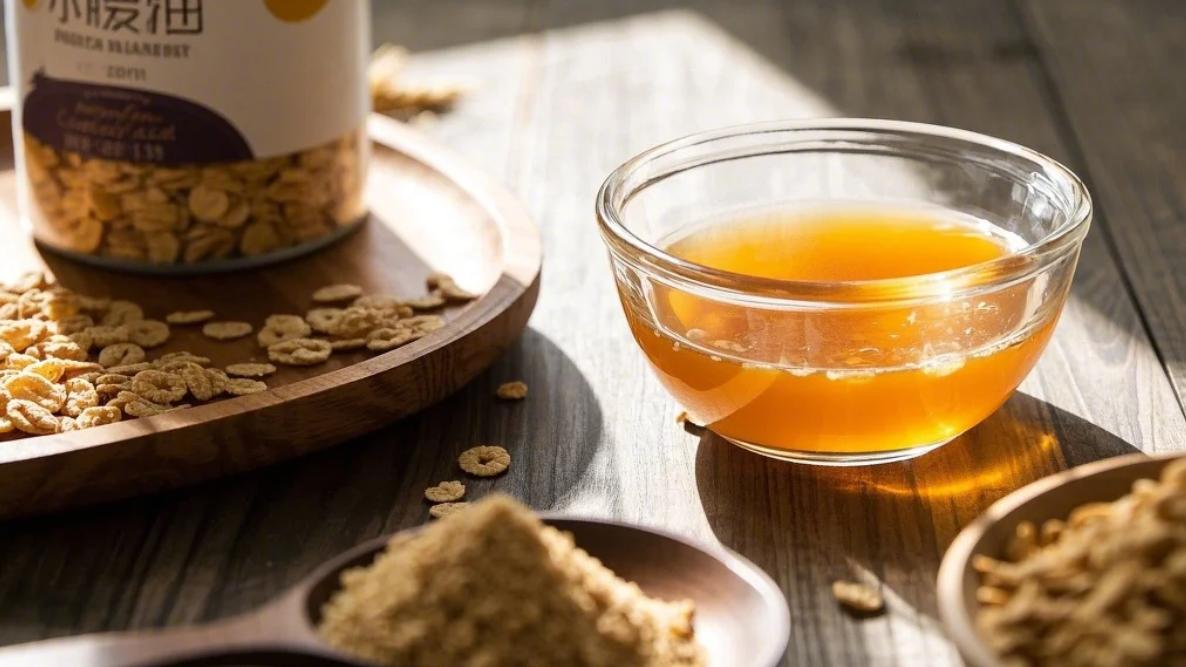Bridging Millennia with a Single Ingredient
In the tombs of ancient Egypt, archaeologists uncovered hieroglyphs detailing recipes for beer brewed with malted barley syrup. Over 5,000 years later, organic malt syrup—crafted from the same sprouted grains—is rekindling forgotten culinary traditions while fueling today’s health-conscious kitchens. This unassuming amber liquid isn’t just a sweetener; it’s a edible time capsule, connecting modern foodies to the wisdom of ancestors who revered malt for its flavor, nutrition, and alchemical power.

1. The Ancient Roots of Malt Syrup: A Historical Journey
1.1 Egypt’s “Liquid Bread”
- Sacred Brews: Egyptians called beer heset (“fermented malt drink”), brewed with malted barley syrup and dates. Workers building the pyramids received daily rations as both sustenance and medicine.
- Hieroglyphic Recipes: Tomb carvings depict malt syrup extraction using clay pots and reed strainers (University of Chicago, 2021).
1.2 Medieval Europe’s Malt Renaissance
- Monastic Mastery: 12th-century monks perfected malt syrups to sweeten breads and preserve fruits during Lent.
- Plague Remedies: Malt-based tonics were believed to purify blood during the Black Death (British Library archives).
1.3 East Asian Innovations
- Chinese Mai Ya Tang: Malt syrup from fermented wheat treated digestive ailments in Traditional Chinese Medicine.
- Japanese Mizuame: Clear malt syrup (水飴) sweetened wagashi confections for tea ceremonies.
2. Modern Kitchens, Ancient Wisdom: Reviving Lost Techniques
2.1 The Art of Sprouting & Malting
- DIY Revival: Homebrewers and chefs are malting organic barley at home:
- Soak grains for 48 hours.
- Air-dry until sprouts emerge.
- Slow-roast for depth (light vs. dark malt).
- Flavor Profile: Expect notes of toasted caramel, nutty undertones, and a subtle umami kick.
2.2 Heritage Recipes Reimagined
- Pharaoh’s Beer: Craft brewer Nile Brew Co. uses organic malt syrup, emmer wheat, and dates to recreate a 5,000-year-old ale.
- Medieval “Honey” Cake: Vegan bakeries substitute malt syrup for honey in spiced fig cakes, staying true to Lenten traditions.
2.3 Fermentation’s Best-Kept Secret
- Sourdough Boost: Adding 1 tsp malt syrup to starter accelerates yeast activity, yielding airy, tangy loaves.
- Miso Magic: Malt enzymes break down soybeans faster, reducing miso fermentation time by 30% (Tokyo Fermentation Lab, 2023).
3. Nutritional Parallels: Why Ancestors Were Onto Something
3.1 Gut Health Through the Ages
- Ancient Insight: Egyptian texts praised malt brews for “calming the belly.”
- Modern Science: Malt syrup’s prebiotic oligosaccharides feed Bifidobacterium, reducing bloating (Gut Microbes Journal).
3.2 Iron & Energy
- Pyramid-Builder Fuel: Malt’s iron content (10% DV per tbsp) explains its role in ancient stamina tonics.
- Today’s Applications: Add to smoothies or oatmeal for a fatigue-fighting breakfast.
4. Sustainability: Honoring the Past, Protecting the Future
- Heirloom Grains: Farmers are reviving ancient barley varieties like Hordeum vulgare, resilient to drought.
- Closed-Loop Systems: Spent malt grains become flour for bread or feed for heritage-breed livestock.
- Carbon-Smart Packaging: Sold in reusable clay jars inspired by Egyptian amphorae.
5. Voices of Revival: Artisans Leading the Charge
5.1 Chef Amina El-Wardani (Cairo, Egypt)
- Mission: “I use organic malt syrup in halawa desserts to reconnect Egyptians with their culinary DNA.”
- Signature Dish: Malban (date-malt fudge) served with hibiscus tea.
5.2 Brother Thomas Keller (Bavarian Monastery Brewery)
- Legacy: “We’ve brewed with malt syrup since 1147 AD. Organic methods let us honor tradition without toxins.”
Taste History, Nourish Tomorrow
Organic malt syrup isn’t just a sweetener—it’s a culinary archaeologist, unearthing flavors that nourished civilizations and shaping them for modern palates. By embracing this ancient-modern hybrid, we don’t just bake bread or brew beer; we stir the echoes of pharaohs, monks, and healers into every bite. As the line between pantry and time machine blurs, one truth remains: some ingredients are too timeless to forget.